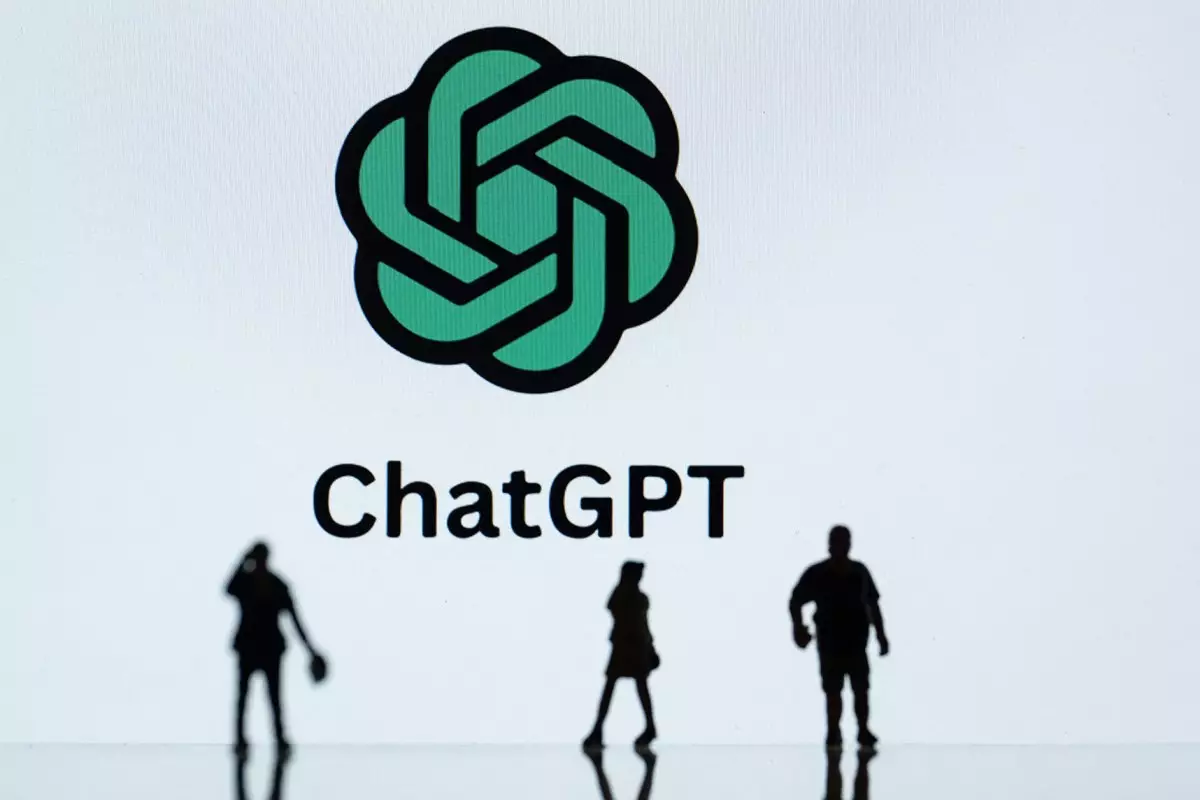OpenAI’s recent announcement regarding the removal of warning messages in ChatGPT has sparked significant discussion across digital platforms. The intention behind this policy change, as articulated by Laurentia Romaniuk, a key member of OpenAI’s AI model behavior team, is to reduce unnecessary and often perplexing denials that hinder user experience. This evolution indicates an important pivot toward a more unrestricted and user-oriented approach to AI interaction. By allowing users greater agency in how they engage with the platform, OpenAI seems to be acknowledging a demand for a more liberated conversational environment.
Nick Turley, the head of product for ChatGPT, underscored that while warning messages are fading into the background, this does not equate to a total absence of oversight or responsibility. Users are still encouraged to abide by legal standards and ethical considerations, particularly in terms of personal safety and harm to others. Nonetheless, the removal of the so-called “orange box” alerts—in place for content that previously drew scrutiny—aims to counteract a narrative of excessive censorship that some users have felt stifles genuine dialogue. Notably, this move aligns with a broader public sentiment that AI platforms should facilitate open discussions rather than impose arbitrary filters.
Despite the more lenient guidelines, ChatGPT notably retains its commitment to avoid engagement with subjects that may propagate misinformation or harmful ideologies. Whether it’s refusing to entertain conspiracy theories or dubious health claims, the fundamental ethical framework remains intact. Yet, this delicate balancing act raises crucial questions: How will users navigate this newfound freedom without crossing ethical boundaries? OpenAI’s strategy emphasizes user responsibility, but it leaves significant room for interpretation.
The timing of these changes can also be perceived through a political lens. The company’s update aligns with complaints from some political figures and pundits, notably loyal allies of Donald Trump, who have accused AI systems of leaning toward censorship, particularly against conservative narratives. The fears articulated by critics like David Sacks raise the stakes for OpenAI; the company’s measures may be viewed as not only a response to public user feedback but also a strategic maneuver to address fears of bias in AI-driven discourse.
As OpenAI moves forward, the implications of these changes will likely unfold over time. The ability to engage in roleplay or explore more nuanced topics may enhance the versatility of ChatGPT, allowing users to experiment with a wider range of interactions. However, with such freedom comes responsibility. The onus will rest on both the developers and users to navigate this evolution thoughtfully, ensuring a constructive dialogue that respects intellectual diversity while still upholding truth and ethical standards in discourse. The crossroads at which OpenAI finds itself is indicative of the growing complexity of AI interactions, where the balance between freedom and responsibility will be tested in real-time.

